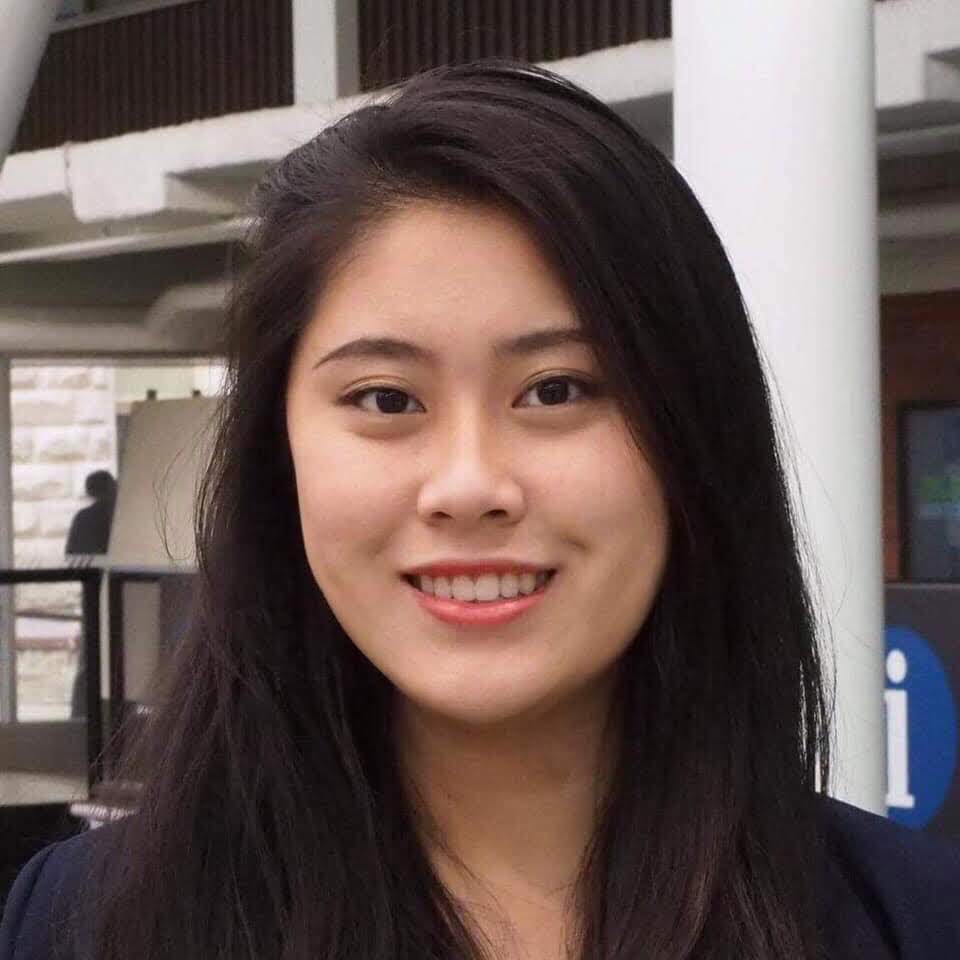
Wenjun Liu
The University of Adelaide
Wenjun completed a double bachelor’s degree in sciences and teaching at the University of Adelaide. Through completing multiple research internships during her undergraduate journey, she developed a strong interest in research and commenced in a Mphil program in 2020, and later upgraded to her current PhD program. She’s now focusing on developing novel methods for analysing complex transcriptomic data.
Can you give me a quick overview of the type of mathematics you are studying and its potential applications or outcomes
I am currently developing a method to unravel biological signals that are masked by high inter- and intra-patient heterogeneity, hence cannot be detected by existing methods, in patient-derived breast cancer RNA-seq data. In this work, I am integrating multiple statistical strategies, such as multivariate modelling and permutation testing. The developed method was not only able to reveal the treatment responses in our in-house dataset but is also well applicable to other RNA-seq data derived from clinical samples.
How did you get into bioinformatics?
Since I did a double degree in teaching and science, and my initial goal was to become a high school teacher teaching Maths and Biology, I majored in both Genetics and Statistics in my undergraduate degree. In my 2nd year, I did a wet-lab research internship, through which I discovered that although bench work may not be my cup of tea, I love analysing data. So I went on and undertook a bioinformatics internship with my current PhD supervisor Steve. Steve taught me a lot during those six weeks and I was amazed by the range of things he could do with just one dataset. That summer got me into bioinformatics, and I am just loving it more and more.
What advice would you give to your younger self or others wanting to studying the mathematical sciences?
Use the mathematical knowledge you have learnt until it become yours! Just watching other people using it or putting it into your notebook isn’t enough.
What was your motivation for attending AMSI BioInfoSummer?
My BioInfoSummer experience was very rewarding and motivating. I wanted to attend this year’s BioInfoSummer because I haven’t had much chance to share my research outcome, or just communicate and connect with other bioinformaticians around Australia. During the conference, I was able to present my work through a poster and a 3-min flash talk, which was a great learning experience. Being in Adelaide, we had the luxury of a local hub and lots of face-to-face communications. All the guest speaker’s talks and workshops were extremely helpful. Many things were applicable to my projects. I would highly recommend attending and if possible, presenting at BioInfoSummer to my peers!
You received an AMSI BioInfoSummer registration scholarship to attend AMSI BioInfoSummer. How important was this in terms of your ability to attend and fully participate in the sessions throughout the week?
Receiving this scholarship was important to me as it really motivated me to fully participate all the sessions and workshops throughout the week!
What was your main take away from AMSI BioInfoSummer?
The part that I found most helpful was Nathan’s Snakemake workshop. Having always wanted to get my hands on workflow management to make my research more reproducible, I benefited a lot from this workshop as it was a great introduction to Snakemake and made it easier for me to get started with it.
Where do you want the mathematical sciences to take you? Where do you see yourself in five or ten years’ time?
I would love to develop my career in academia as a bioinformatician. There aren’t many pure bioinformatics research groups in Adelaide at the moment so I hope there will be more in the future and I can contribute to that growth. Through BioInfoSummer, I also realised that there were many different roles where bioinformaticians could apply their skillsets, even in industry or government organisations. So I am also happy to follow the flow and see where opportunities open up and where that will take me to.

